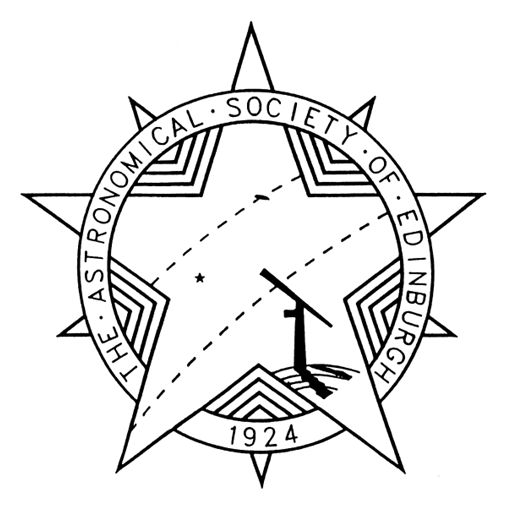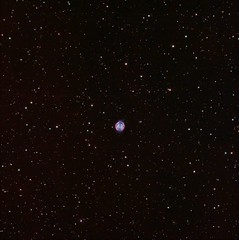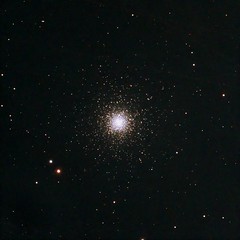Scotland’s Sky in January, 2015
Comet Lovejoy heralds an exciting year in astronomy

The maps show the sky at 21:00 GMT on the 1st, 20:00 on the 16th and 19:00 on the 31st. (Click on map to englarge)
The coming year promises to be an exciting one in astronomy and space research. NASA’s New Horizons mission is due to make the first flyby visit to Pluto in July while Comet Churyumov–Gerasimenko is nearest the Sun a month later, hopefully with Europe’s Rosetta probe still alongside and in prime position to observe the comet in full flow. Whether we hear again from the Philae lander remains to be seen, but its controllers are hopeful that it may come back to life in the spring.
Closer to home, the highlight is surely the solar eclipse on the morning of 20 March. This is total for the Faroe Islands and Svalbard while from Scotland the Moon hides all but a thin sliver around the Sun’s lower limb. From Edinburgh 94% of the Sun is obscured but for observers in Kirkwall, Lerwick and Stornoway this jumps to 97%.
January should be interesting in its own right. Not only are all the planets on view, but the constellations centred on Orion dominate our evening hours and we have the prospect that Comet Lovejoy may be a naked-eye object as it climbs to the right of Orion.
The year begins with the Quadrantids meteor shower which is active from the 1st to the 6th but reaches a rather sharp peak at around midnight on the 3rd/4th when as many as 80 medium-speed meteors per hour might be seen under ideal conditions from a dark location. Sadly, the Moon is full on the 5th so all but the brighter meteors will be swamped in the moonlight this year. Quadrantids appear in all parts of the sky but their paths trace back to a radiant point that is plotted low in the north at our star map times. Later in the night the radiant follows the Plough as it climbs through our north-eastern sky.
You may find it surprisingly that the Earth is at perihelion, our closest to the Sun, at 06:36 on the 4th. The centre of our planet then lies 147,096,204 km from the Sun, 5 million km closer than it does at aphelion on 6 July. Sunrise/sunset for Edinburgh change from 08:44/15:49 on the 1st to 08:10/16:43 on the 31st as the duration of nautical twilight at each dawn and dusk shrinks from 96 to 85 minutes. That full moon on the 5th is followed by last quarter on the 13th, new moon on the 20th and first quarter on the 27th.
As the Moon climbs in the east on the evening of the 1st, it stands below the Pleiades and above-right of Aldebaran, the eye of Taurus. By 19:00 the whole of Orion is unmistakable in the east-south-east, moving into the south-south-east by our map times as the Pleiades glimmer on the meridian.
Our chart traces the path of Comet Lovejoy as it climbs from Lepus the Hare, at Orion’s feet, through Eridanus the River and Taurus as it approaches the star Almach in Andromeda as the month ends. Discovered in August by the Australian amateur astronomer Terry Lovejoy, the comet has brightened more than most people expected and reached the threshold of naked-eye visibility, the sixth magnitude, in mid-December.
During January I expect it to shine at around the 4th or 5th magnitude, fainter than the stars on our chart but perhaps similar in brightness to the Orion Nebula. As such, it should be visible easily through binoculars as a hazy smudge, probably smaller than the Moon and with brighter core around its nucleus. Indeed, it should be a naked-eye object in a dark sky once the current moonlight has subsided. Photographs show a greenish hue and a narrow striated tail more than 5° long pointing up and to the left, away from the Sun.
Comet Lovejoy takes about 13,500 years to orbit the Sun and reaches perihelion on 30 January at a distance of 193 million km. It comes closest to the Earth, 70 million km, on the 7th.
Jupiter remains our pre-eminent planet as it rises in the east-north-east some 90 minutes before our map times. Blazing at magnitude -2.5 to -2.6, it is now creeping westwards to the west (right) of the Sickle of Leo and crosses the meridian in the early hours. A telescope shows it to be 44 arcseconds wide when it stands above the Moon on the morning of the 8th.
Venus is a brilliant magnitude -3.9 evening star very low in the south-west as the night begins. It sets for Edinburgh at 17:07 on the 1st and at 18:58 by the 31st. Use it (and binoculars) to locate Mercury which shines at magnitude -0.8 as it moves from 3° below-right of Venus on the 1st to lie less than 0.7° to the right of Venus on the 11th. It then tracks to the right of Venus and lies 7° away by the 22nd when it is a difficult magnitude 0.9 object in the twilight. On that evening, the thin earthlit Moon lies 9° above Venus and 7° to the right of the orange-hued planet Mars (magnitude 1.2) which otherwise remains the brightest object low in the south-west at nightfall.
The other naked-eye planet, Saturn, rises in the south-east at about 05:20 on the 1st and almost two hours earlier by the month’s end, becoming the brightest object low in the south-south-east to south before dawn. This month it tracks eastwards from Libra to pass 1° north of the star Graffias in Scorpius. Look for Saturn 2.6° below-left of the waning Moon on the 16th when a telescope shows its globe to be 16 arcseconds wide within rings that span 36 arcseconds and have their north face tipped 25° towards the Earth.
Alan Pickup
This is a slightly-revised version of Alan’s article published in The Scotsman on December 30th 2014, with thanks to the newspaper for permission to republish here.
Posted on 30/12/2014, in Uncategorized and tagged 2015, Alan Pickup, ASE, Astronomical Society of Edinburgh, Comet Lovejoy, Jupiter, Mars, Mercury, meteor shower, moon, Night Sky, orion, Pleiades, Quadrantids, Saturn, Scotland, Solar Eclipse, The Scotsman, Venus. Bookmark the permalink. Leave a comment.




Leave a comment
Comments 0